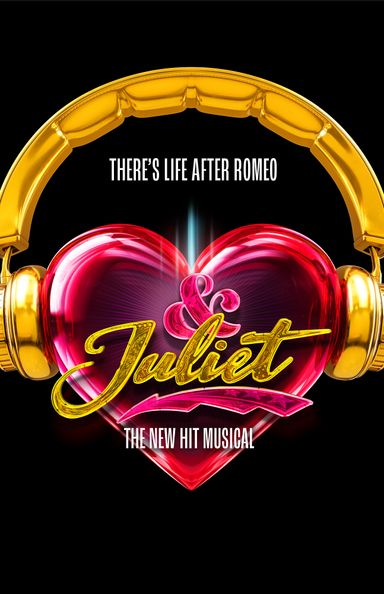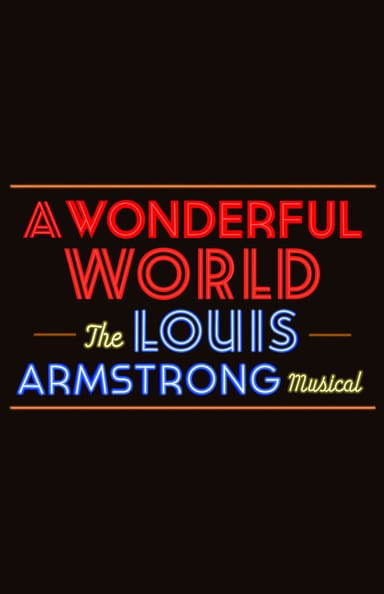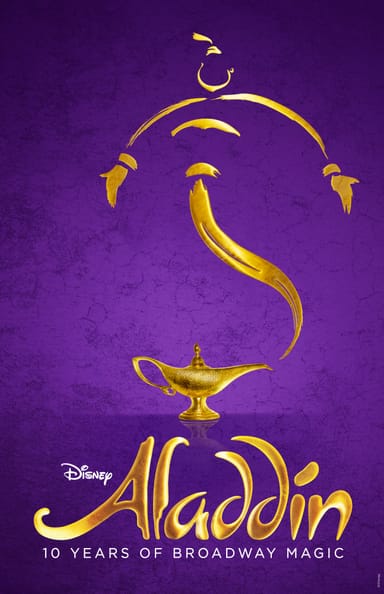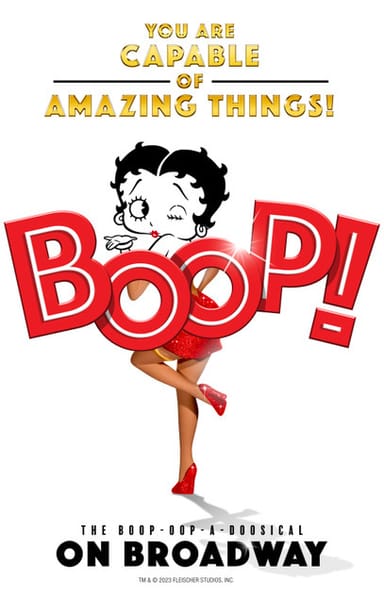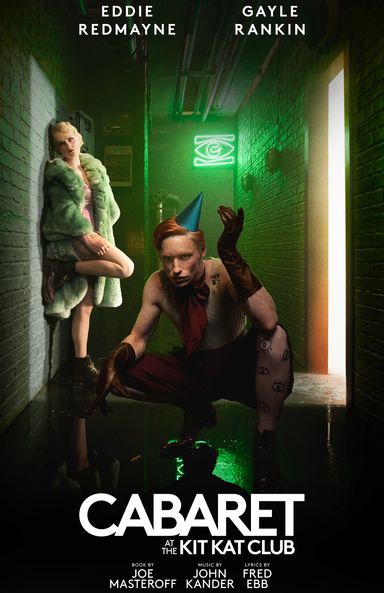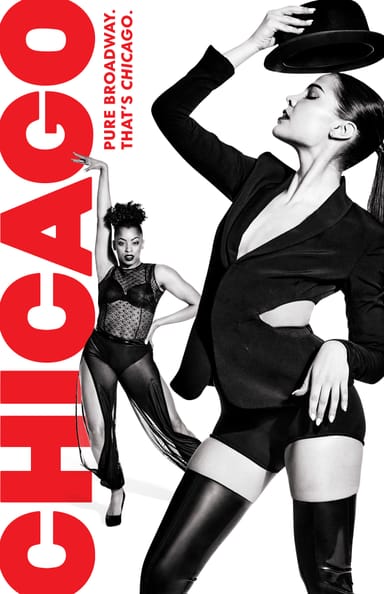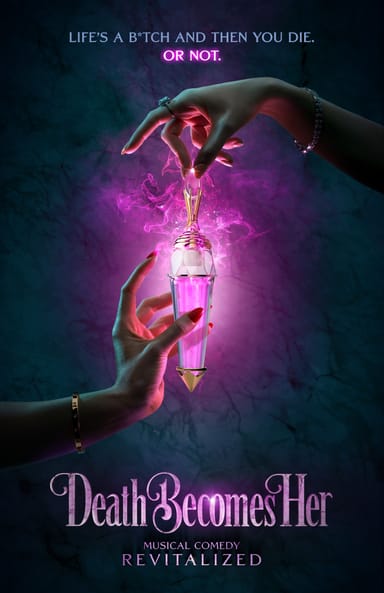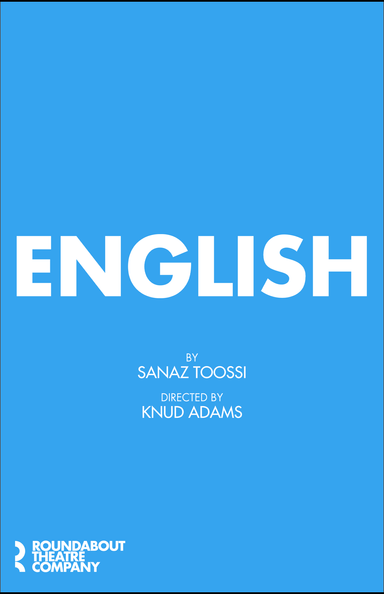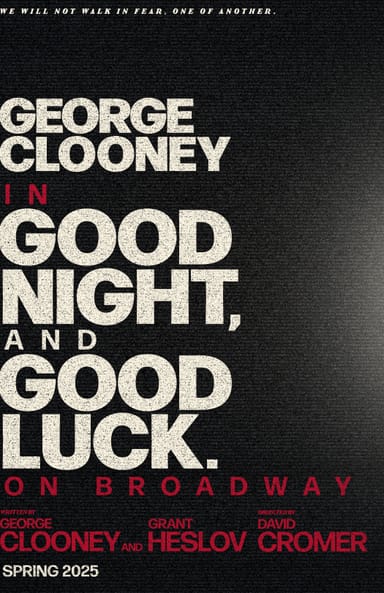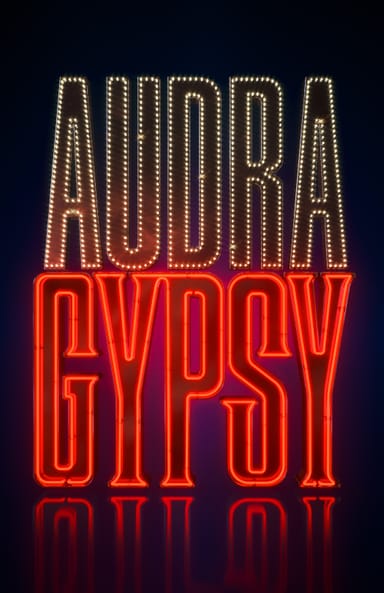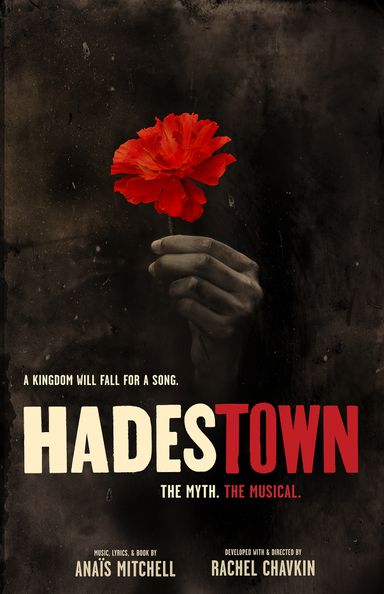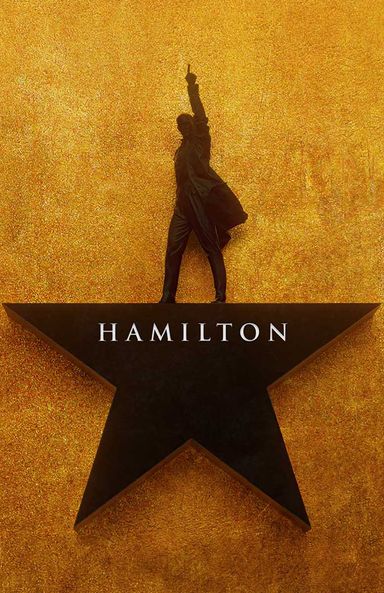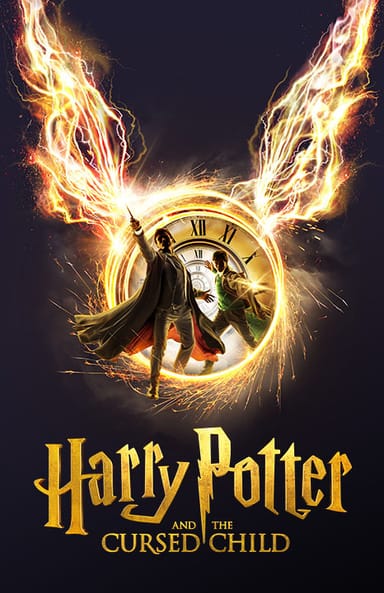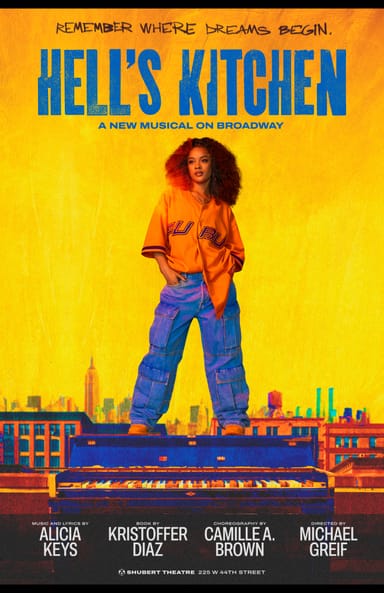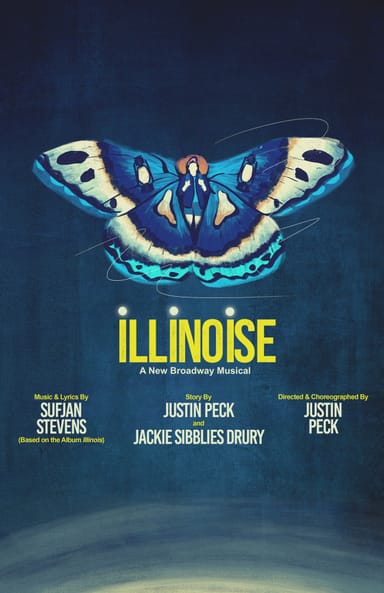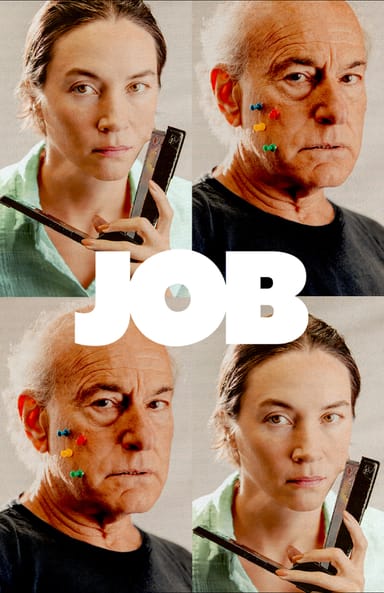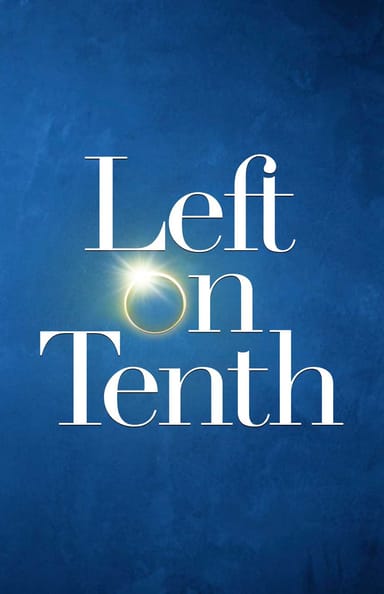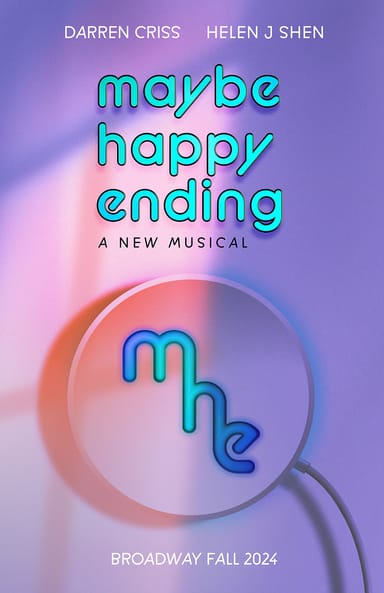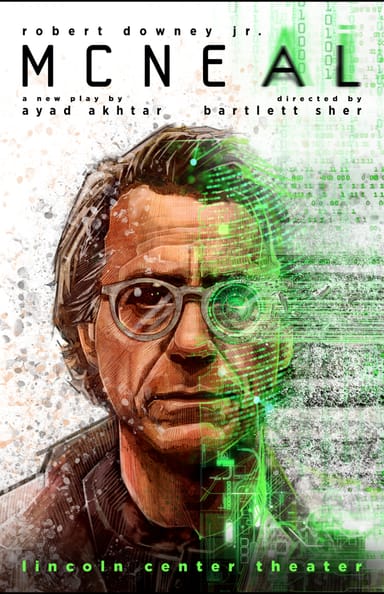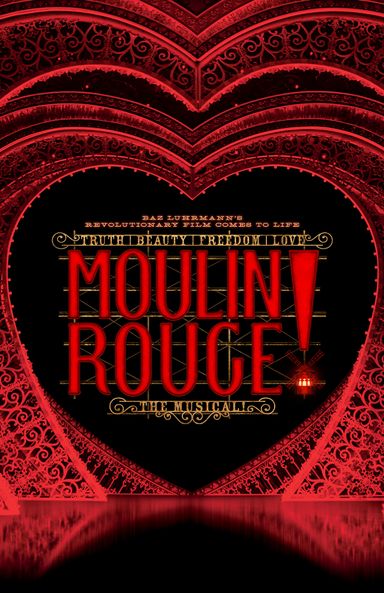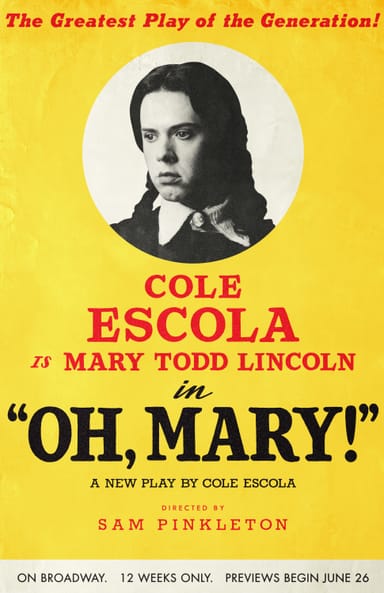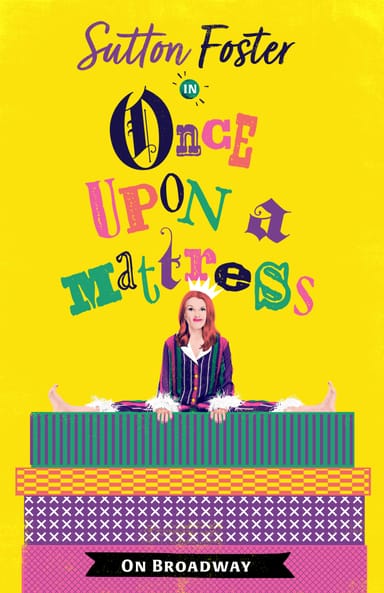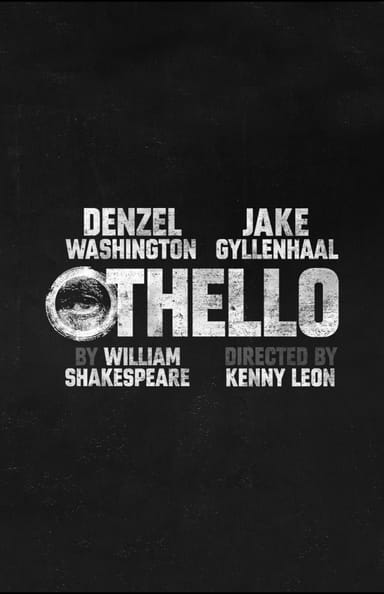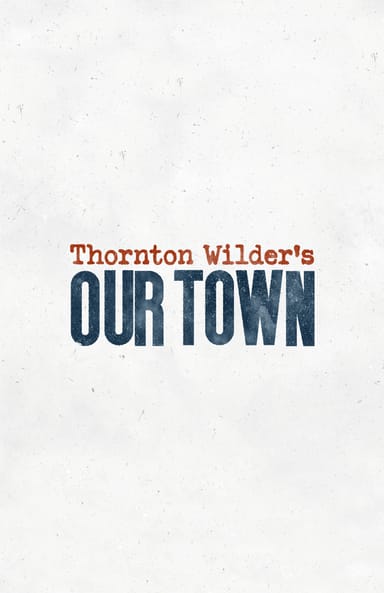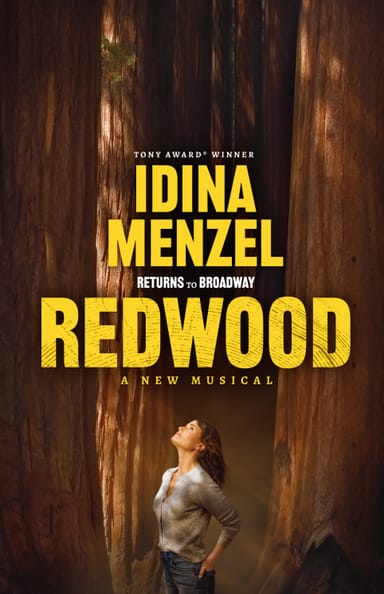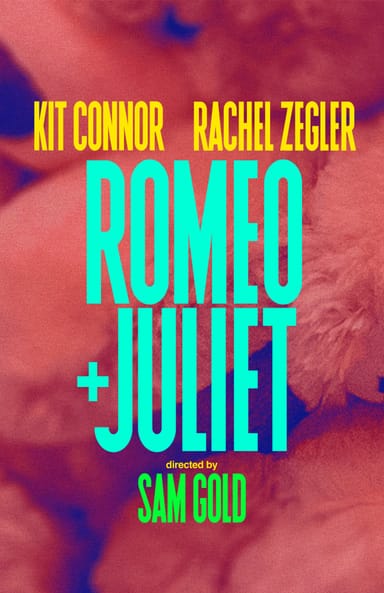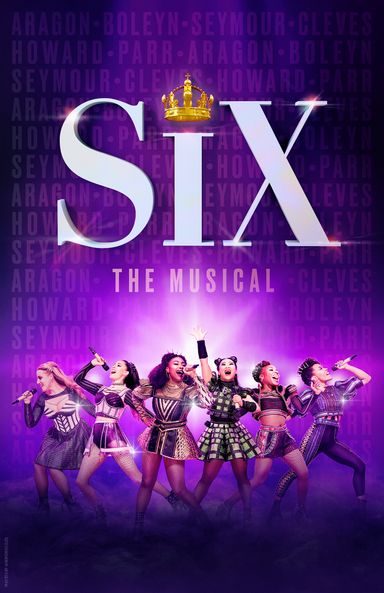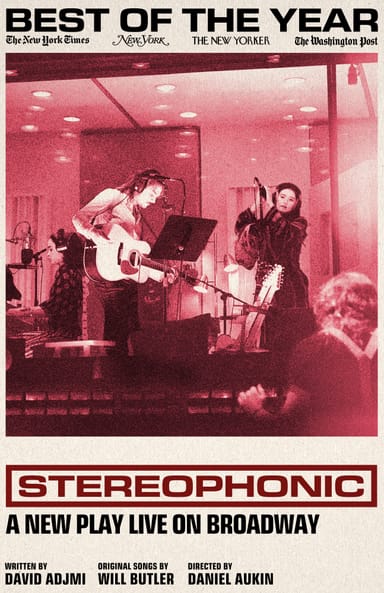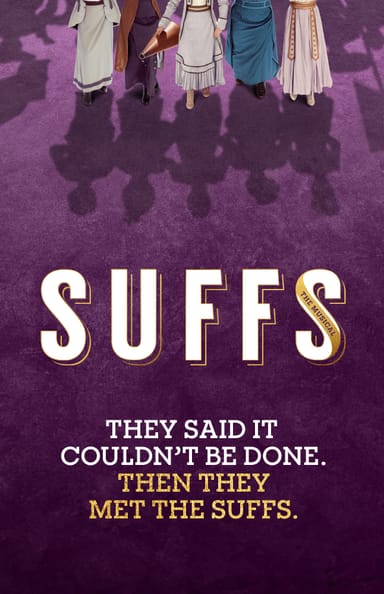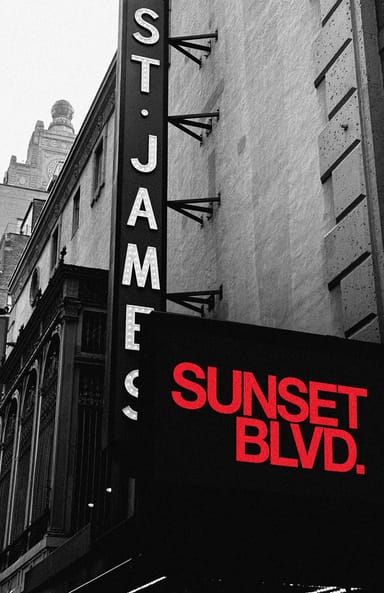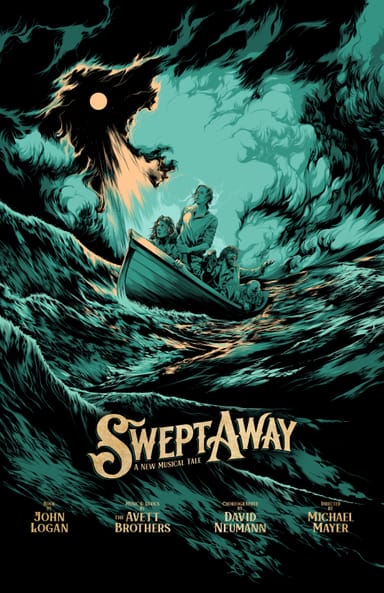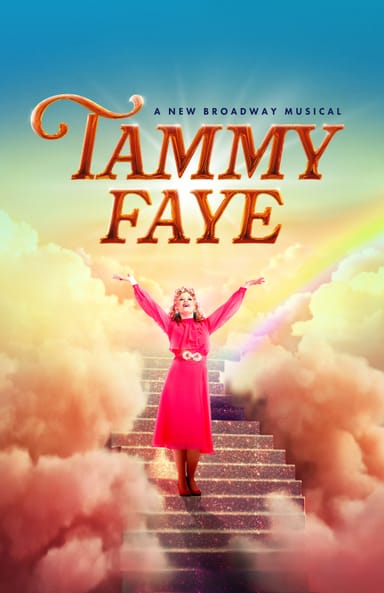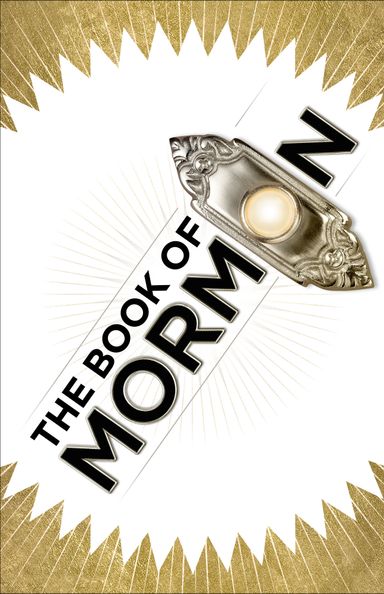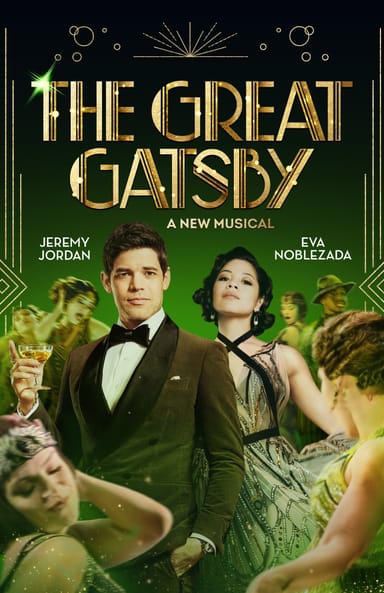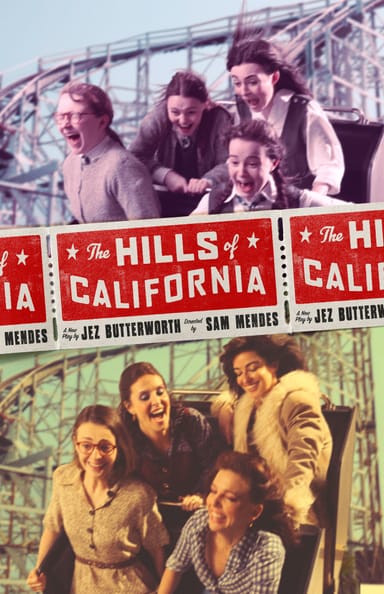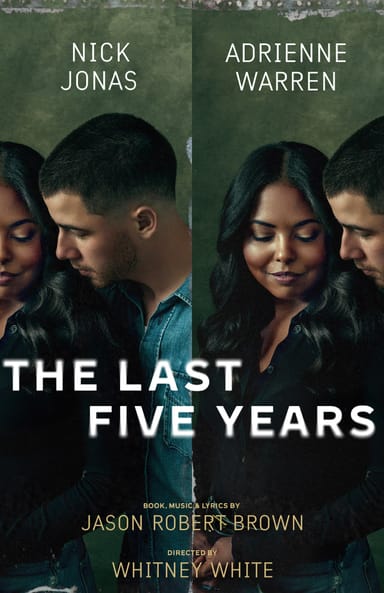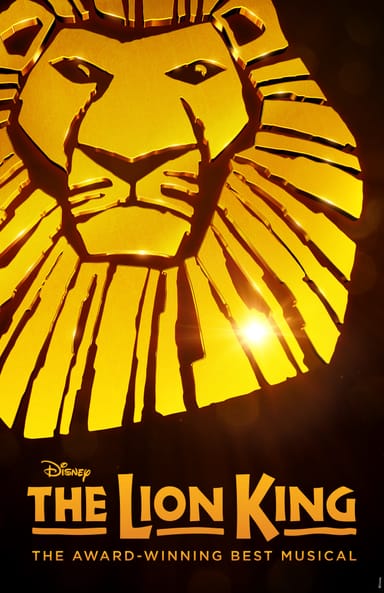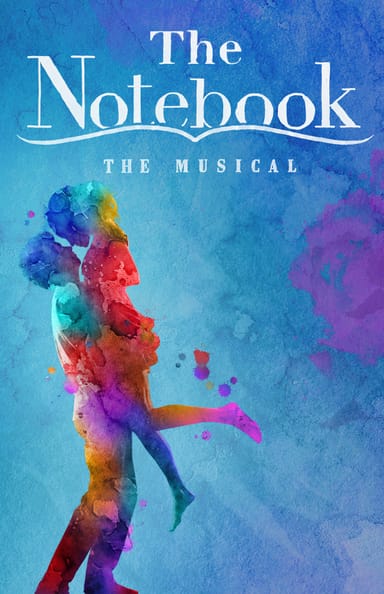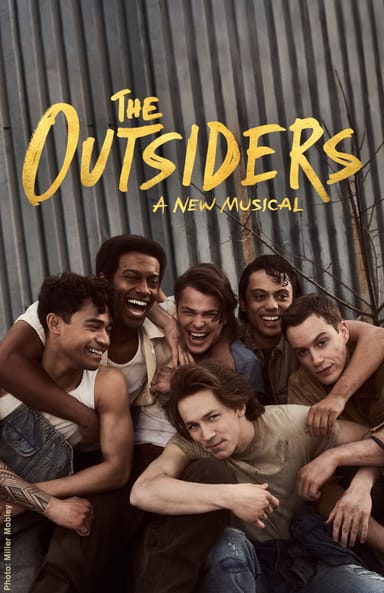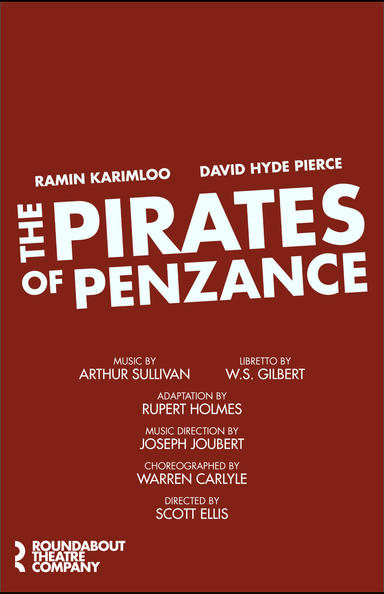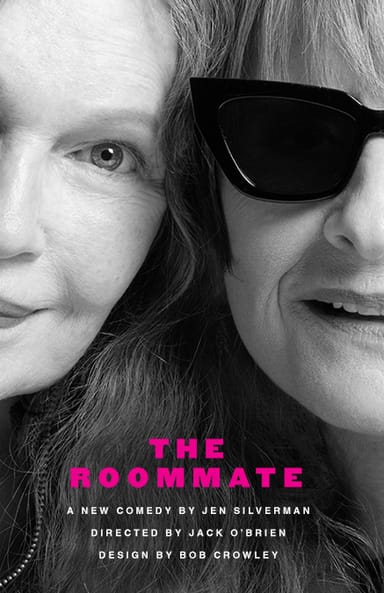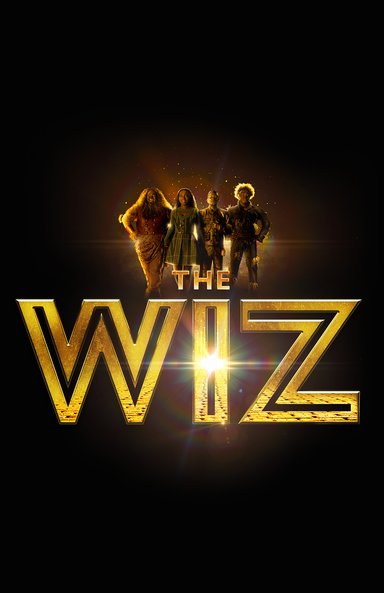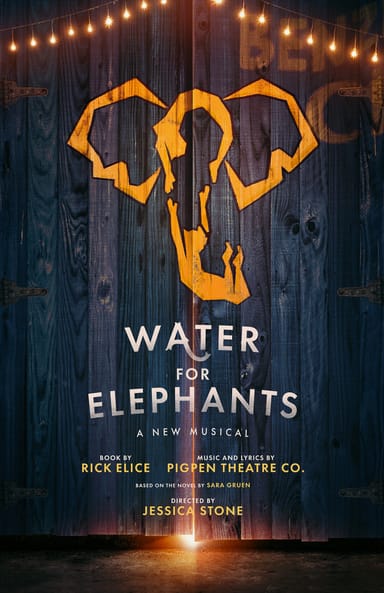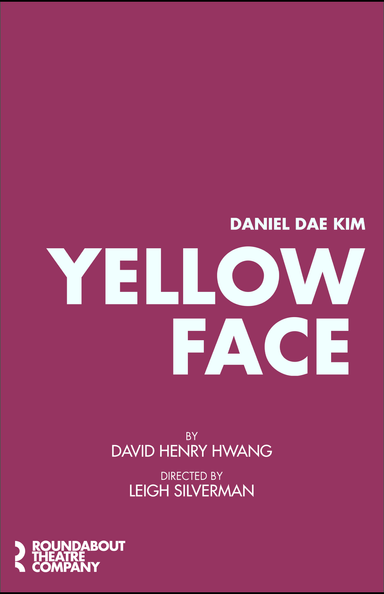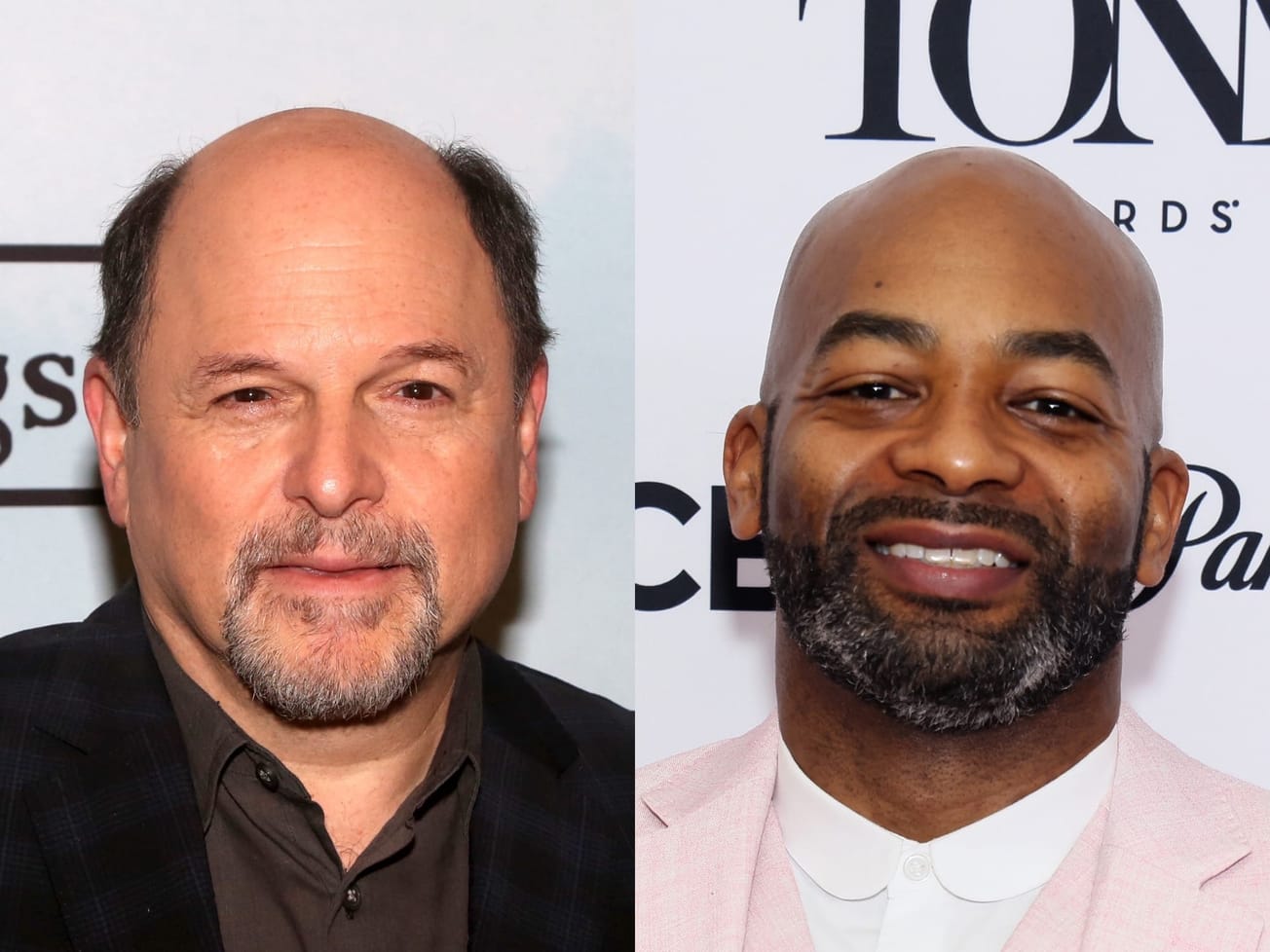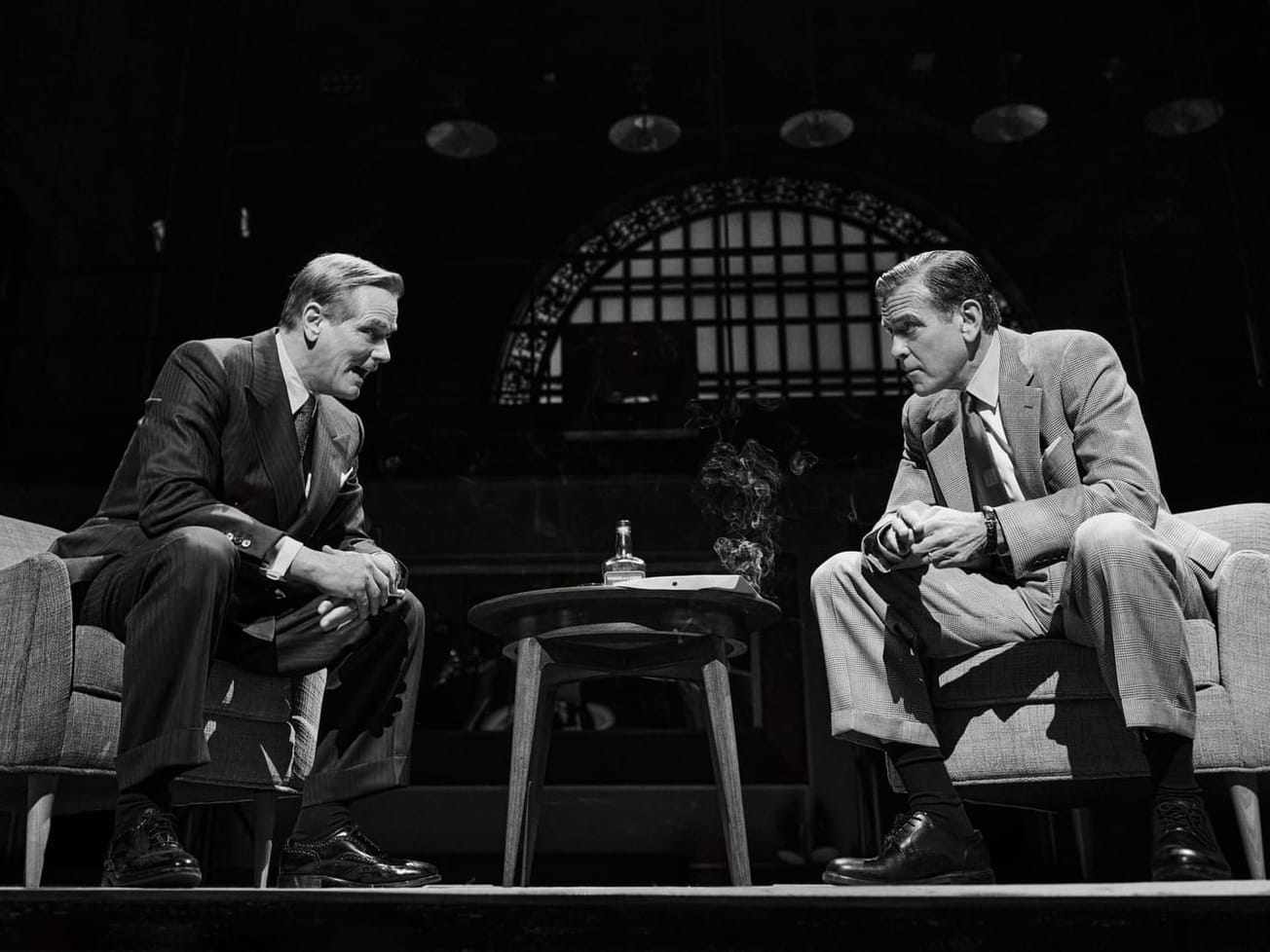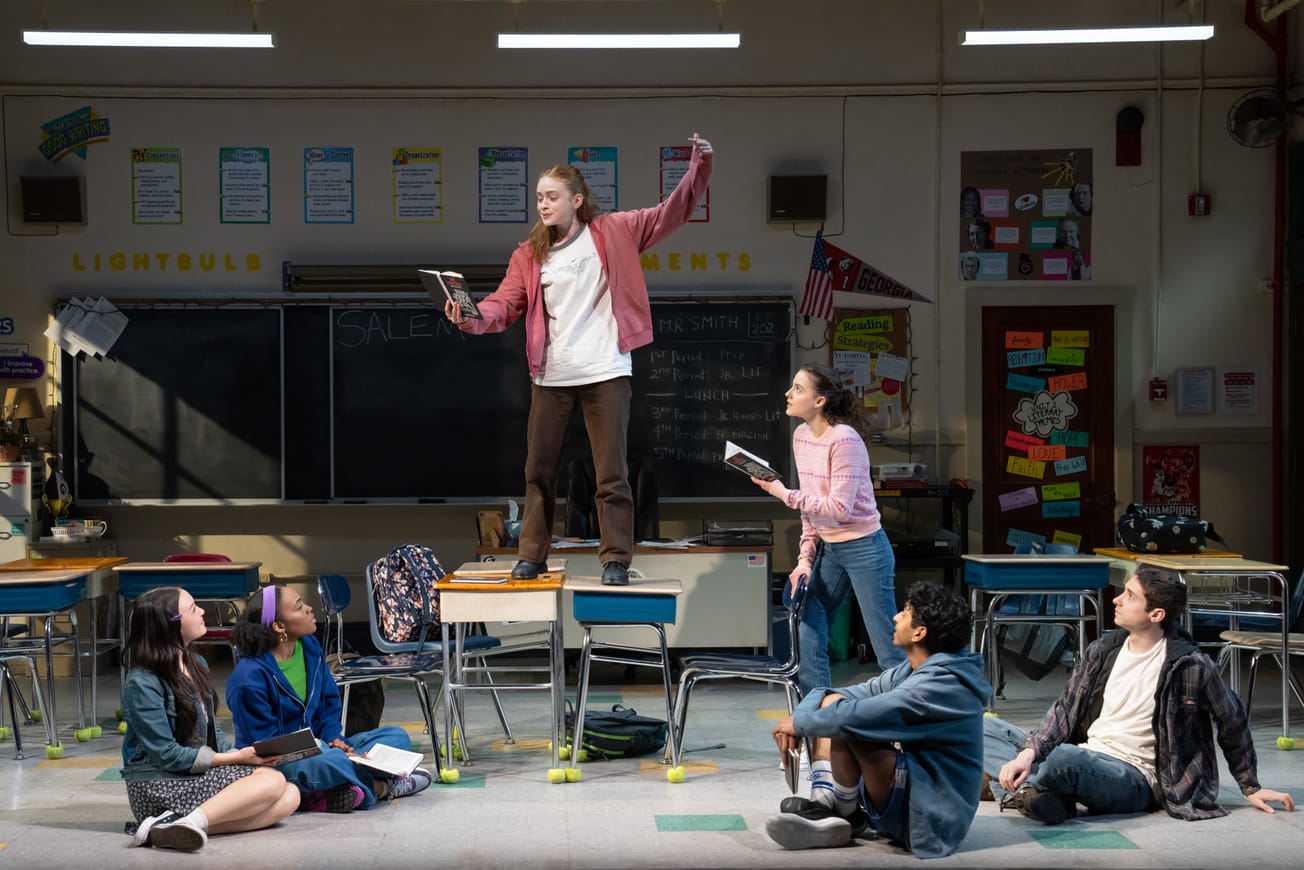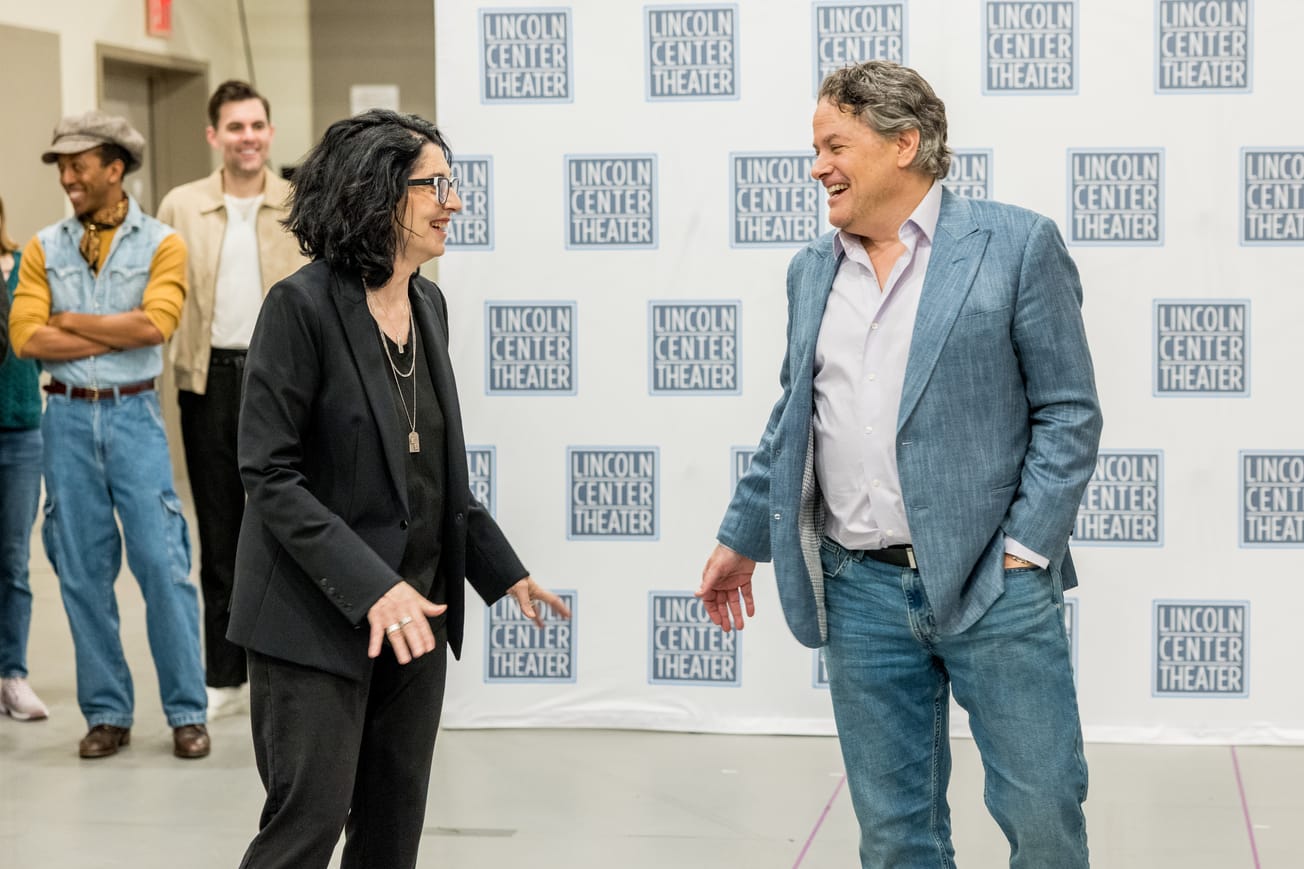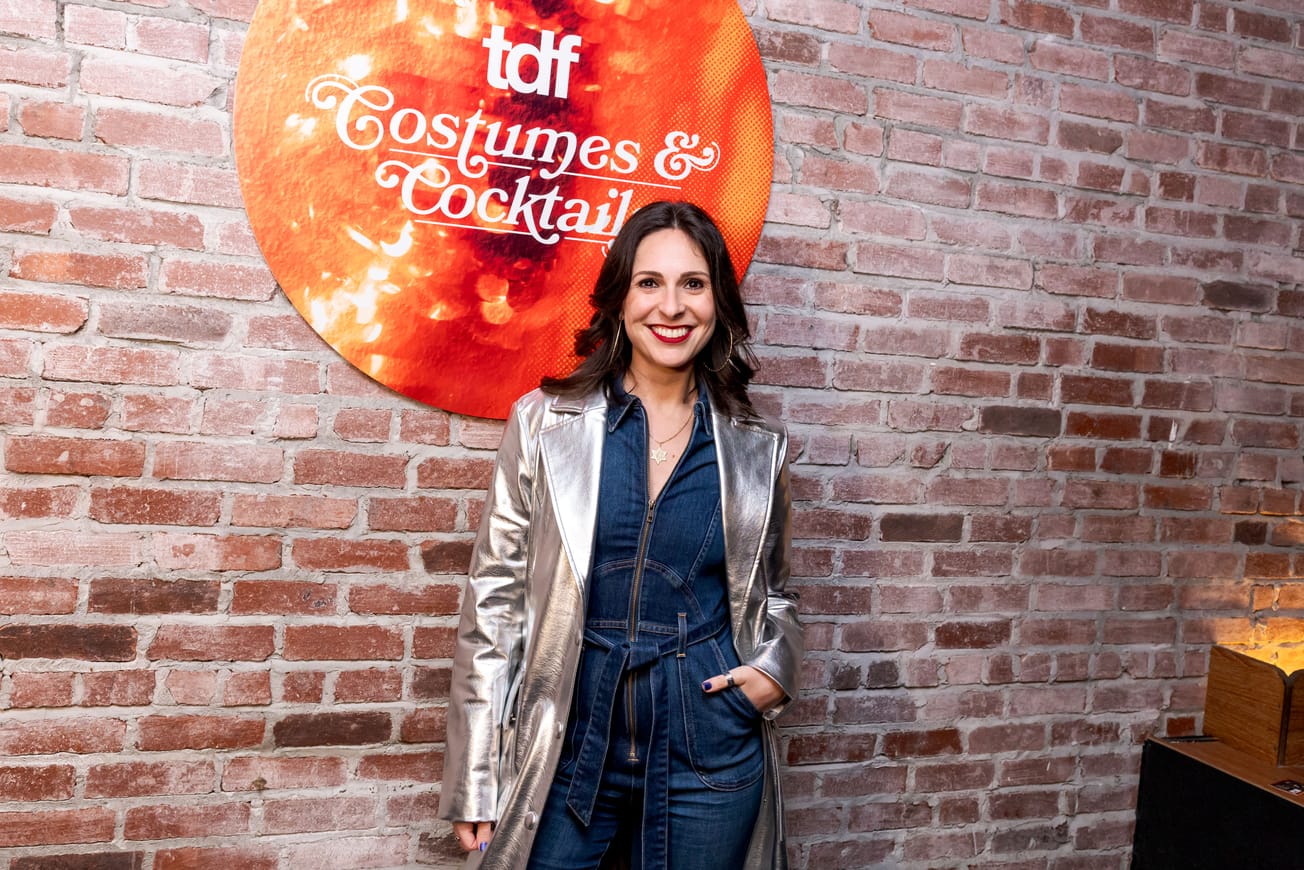The musical “Annie” has proven the test of time. Each decade since its 1977 Broadway bow has seen either a Main Stem revival or multiple national touring companies (or both!). Based on the comic strip “Little Orphan Annie,” which was created by Harold Gray and debuted in 1924, the musical is set in 1933 New York City. Annie, a resident of a municipal orphanage, is determined to find her parents, and along the way is entrusted to the care of wealthy industrialist Oliver Warbucks. Despite its Depression-era setting, “Annie” offers a sense of hope amid the most dire of circumstances.
Despite its timelessness, Thomas Meehan’s Tony Award-winning book and Martin Charnin’s Tony-winning lyrics (paired with Charles Strouse’s Tony-winning music) are rife with references specific to the 1930s. Below is a guide to the historical, cultural and political references in “Annie.”
Act 1
Mickey Finn
In “It’s a Hard Knock Life,” the orphans bemoan their current circumstances and dream of ways to torture the cruel Miss Hannigan, including “make her drink a Mickey Finn!” A Mickey Finn is a beverage spiked with an incapacitating liquid or powder. The drink is named for a turn-of-the-century Chicago barkeep who drugged his customers' drinks and subsequently robbed them.
Hooverville
After escaping the orphanage, Annie finds herself in a Hooverville, a shantytown constructed by the unhoused population. Journalist Charles Michelson, who was appointed as press director of the Democratic National Committee in 1929, is credited with creating the name. The moniker is a dig at President Herbert Hoover, who was often blamed for the start of the Great Depression. In the song “Hooverville,” the inhabitants of the temporary settlement sarcastically sing, “We’d like to thank you, Herbert Hoover.”
Al Smith
The residents of the Hooverville sing “They offered us Al Smith and Herbert Hoover,” referencing Smith. The former governor of New York was the 1928 Democratic candidate for President and lost to the aforementioned Hoover.
John D. Rockefeller
Founder of the Standard Oil Company, Rockefeller was one of the wealthiest people in the country at the time. He’s referred to multiple times in the musical as a friend of Oliver Warbucks.
Winchell’s column
Walter Winchell was a journalist whose nationally syndicated column was, for several decades, a gossipy rolodex of who’s who in the world of entertainment. If you appeared in Winchell’s column, you’d made it. Miss Hannigan says that she read about Warbucks in Winchell’s column.
Bergdorf Goodman
Grace promises to buy Annie a warm winter coat from Bergdorf’s, a luxury department store, whose Fifth Avenue address was only a few blocks from Warbucks’ mansion.
Steinway
Steinway refers to the grand pianos of Steinway and Sons. Grace asks housekeeper Mrs. Pugh if the Steinway is tuned prior to Warbucks’ arrival
Kentucky fried chicken
Mrs. Pugh has prepared Warbucks’ favorite dinner, which includes a platter of Ketuncky fried chicken. This is not the crispy fowl of the famed fast food restaurant founded by Colonel Harland Sanders, who, while already selling fried chicken at the time of “Annie,” would not become the KFC known today for a few more years. By referring to Kentucky, Mrs. Pugh’s fried chicken acknowledged the exoticism of the southern dish, which was not often available in northern areas like New York City.
Baked Alaska
For dessert, Mrs. Pugh prepares Baked Alaska, a decadent dessert consisting of ice cream and cake embossed in a torched meringue topping. At the time, this dish was popular among high-end eateries and hotels.
Don Budge
Budge was a famed tennis player known for being the first individual to complete the four tournaments of a Grand Slam in a single year. Upon Annie telling Grace that she’s never played tennis before, Grace tells Drake to have a trainer come: “Get that Don Budge fellow if he’s available.”
Airline refueling
Warbucks arrives home in New York from Chicago, telling Drake that the flight “only had to land eight times.” In the 1930s, airplanes could only travel for a certain length of time; traveling longer distances necessitated frequent landings to refuel.
Harpo Marx
Arthur “Harpo” Marx was an actor, comedian and harpist, who frequently performed with his siblings as the Marx Brothers. His signature comedic style was nonverbal clowning. When Grace reports that Harpo called and Warbucks asks what Marx wanted in his message, she replies, “He didn’t say.”
Babe Ruth
In an attempt to make initial conversation with Annie, Warbucks asks if she’d like to meet Babe Ruth. Ruth is considered one of the greatest professional baseball players of all time, who, at the time of “Annie,” was nearing the end of his decades-long career having played for the Boston Red Sox, New York Yankees and the Boston Braves.
The Roxy
Located on West 50th Street in Manhattan, the Roxy was a popular movie house from the 1920s through the 1950s, and, at the time of its 1927 construction, the largest ever built. Annie admits she has never seen a movie; Warbucks responds with a plan to see a film at the Roxy.
Rumpelmayer’s
Located within the luxury Hotel St. Moritz on Central Park South, Rumpelmayer’s was a high-end café and ice cream parlor. Following the aforementioned film, Warbucks suggests Annie have an ice cream soda at Rumpelmayer’s.
Bernard Baruch
Bernard Baruch was a wealthy financier who advised President Woodrow Wilson during World War I and President Franklin Roosevelt (FDR) during World War II. Warbucks has a phone call with Baruch (his friend “Barney”), expressing his concern for the closure of so many of his factories, and urging Baruch to tell his friend FDR to find a way to put people back to work.
Duesenberg
A Duesenberg was a racing car of the Duesenberg Automobile and Motors Company. The vehicles were popular in the 1920s, but the company dissolved in 1937. Before deciding to walk to the cinema, Warbucks opts to drive Annie in his Duesenberg (as opposed to his Bentley).
Fiorello La Guardia
A former member of the U.S. House of Representatives and later mayor of New York City, Fiorello La Guardia was sworn into office a week following the events seen in “Annie.” Known for his short stature (reportedly between 5’0” and 5’2”), Warbucks sings “What other town has the Empire State, and a mayor five foot two?” in the song “N.Y.C.”
Penny arcade
Also in “N.Y.C.,” Warbucks and Grace sing of penny arcades, which refers to the one-cent-operated game machines popular at the time.
Waldorf
The glamorous Waldorf-Astoria Hotel was originally situated on Fifth Avenue (until 1929) and reopened in 1931 in a new location on Park Avenue. The venue was later the host of the first Tony Awards ceremony in 1947. When Grace asks Miss Hannigan where she thinks Annie and Warbucks had lunch, her first guess is the Waldorf.
The Automat
The Automat was a cafeteria-style restaurant where food was retrieved from coin-operated, glass compartments in the wall. Grace tells Miss Hannigan that Annie and Warbucks lunched at the Automat.
Sing Sing
The site of Rooster’s incarceration, Sing Sing is a real New York state prison located 30 miles from New York City along the Hudson River, and was the site of many executions until 1963. The phrase “sent up the river” refers to being sent up the Hudson River to Sing Sing, which is still in operation today.
Hyde Park
FDR had a home — dubbed Springwood — in Hyde Park, New York, located approximately 90 miles north of New York City. In a phone conversation, Warbucks suggests FDR and his wife stop by his Manhattan home on Christmas Eve on their way north to Hyde Park.
Rembrandt
A famous painter of the Dutch Golden Age, Rembrandt Harmenszoon van Rijn (1606-1699) is known for works such as “The Night Watch,” “The Anatomy Lesson of Dr. Nicolaes Tulp” and “Bathsheba at Her Bath.” Warbucks explains to Annie that having many Rembrandt paintings or Duesenbergs is no substitute for having people you love in your life.
The League of Nations
Founded in 1920 following the end of World War I, the League of Nations was an international organization committed to maintaining world peace. Warbucks’ butler Drake suggests the League can help Annie find her parents.
J. Edgar Hoover/Eliot Ness/Al Capone
Hoping to find Annie’s parents, Warbucks calls J. Edgar Hoover , the first director of the Federal Bureau of Investigation. Warbucks tells Hoover he wants Eliot Ness to track them down, and to “take him off the Capone case.” A law enforcement official who worked for the Bureau of Prohibition in Chicago, Ness was instrumental in taking down Capone , the founder of the Chicago Outfit, a Prohibition-era mafia organization
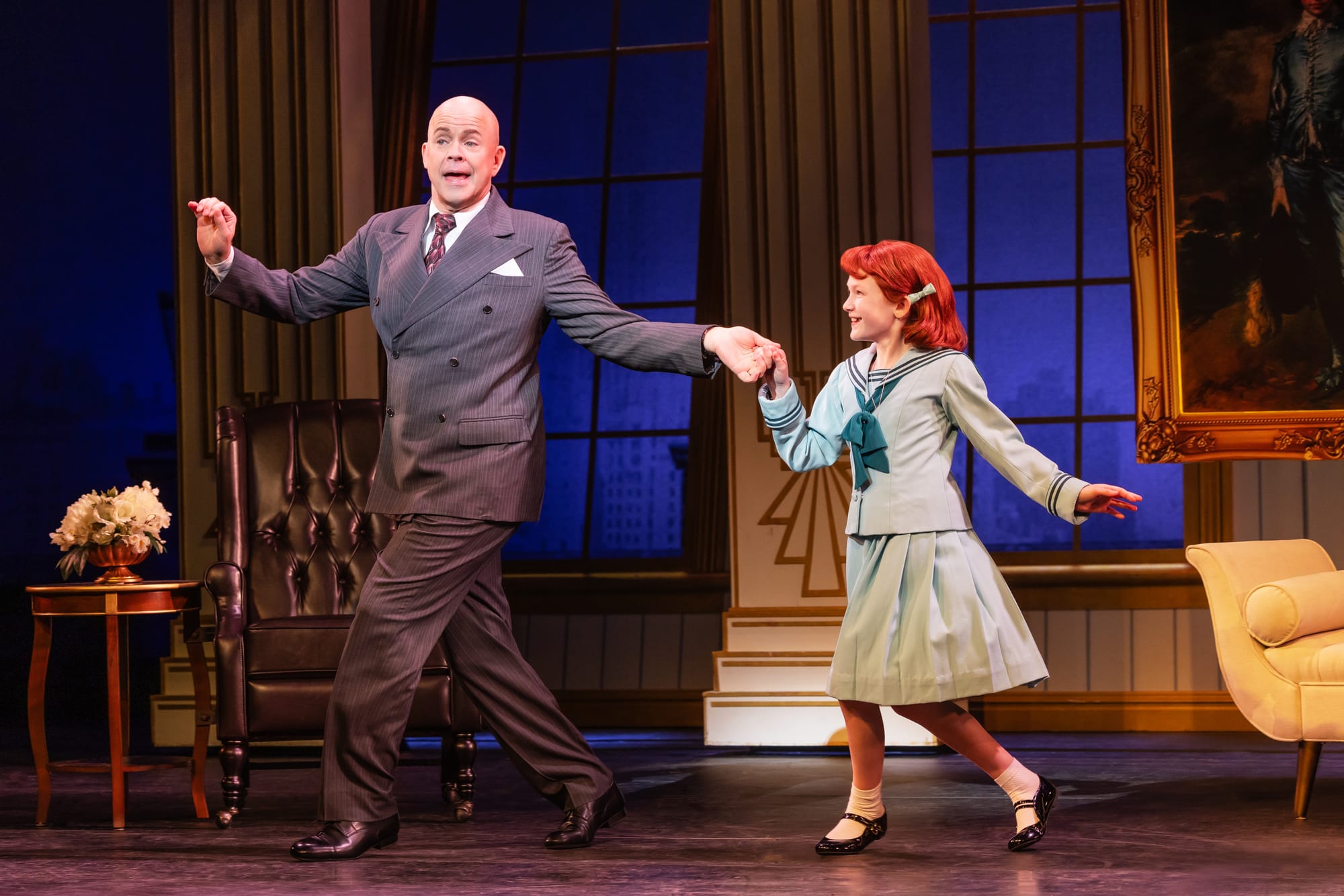
Act 2
Beau Brummell
In the Act 2 opener “You’re Never Fully Dressed Without a Smile,” radio announcer Bert Healy sings: “Your clothes may be Beau Brummelly,” referring to George Bryan "Beau" Brummell , who was a British socialite known for his fashion acumen.
Savile Row
During that same song, Annie’s friends sing “Who cares what they’re wearing on Main Street or Saville Row?” The latter is a street located in the Mayfair neighborhood of London, whose hallmark is bespoke (custom) tailoring.
FDR’s cabinet
Act 2 Scene 3 takes place at the White House, where all the characters are real-life members of FDR’s cabinet, including Harold LeClair Ickes (U.S. secretary of the interior), Frances Perkins (U.S. secretary of labor and the first woman to serve in a presidential cabinet), Cordell Hull (U.S. secretary of state), Henry Morgenthau Jr. (U.S. secretary of the treasury), Louis McHenry Howe (political advisor), Louis Dembitz Brandeis (associate justice of the Supreme Court). The group listens to the voice of H.V. Kaltenborn (a popular radio announcer and political commentator.
“The only thing we have to fear is fear itself.”
The character of FDR quotes the real man, referring to an adage used in his 1933 presidential inauguration speech.
New Deal
FDR’s cabinet brainstorms the name for a series of real-life public work projects and programs designed to create jobs to lift the country out of the Great Depression, landing on the New Deal. The phrase is later used as a double-entendre (for the country’s new deal and Annie’s adoption by Daddy Warbucks) in the show’s final number, “New Deal for Christmas.”
Madame Chiang Kai–shek
Warbucks offers to invite anybody Annie would like to her adoption celebration, including former president of China Chiang Kai-shek and former first lady of Taiwan Soong Mei-ling.
“I Don’t Need Anything But You”
In the Act 2 tune “I Don’t Need Anything But You,” Annie, Warbucks, Grace and the ensemble compare Annie’s sense of feeling right at home in the Warbucks’ house with other natural pairings: “Big promoters got Dempsey and Tunney” (Jack Dempsey and Gene Tunney were considered two of the greatest professional boxers of the time); “Goodman’s got swing” (Benny Goodman was the popular bandleader known as the “King of Swing”); “Mutt has got Jeff” (the odd-couple pairing of the first daily comic strip); “...and Eleanor, FDR” (activist Eleanor Roosevelt was married to FDR); “Hamlet needed his mother” (referring to the relationship between Shakespeare’s Danish prince and his mother); “Woolworth needed his shop” (Frank Woolworth founded five-and-dime stores that were one of the first of their kind); “Orville needed his brother” (siblings Orville and Wilbur Wright created and flew the world’s first successful airplane); “Like Fred and Adele” (famous sibling performers Fred and Adele Astaire).
Leapin’ lizards!
When Annie thinks she’s found her long-lost parents, she exclaims, “Leapin’ lizards,” which was the character’s catchphrase in the original “Little Orphan Annie” comic strip.
“New Deal for Christmas”
In the musical’s finale, Warbucks encourages a slew of political figures to get to work on developing the aforementioned New Deal, including James Farley (postmaster general), Henry Wallace (vice president to FDR from 1941 to 1945), Homer Cummings (U.S. attorney general), Daniel Roper (U.S. secretary of commerce) and Claude Swanson (secretary of the Navy).

